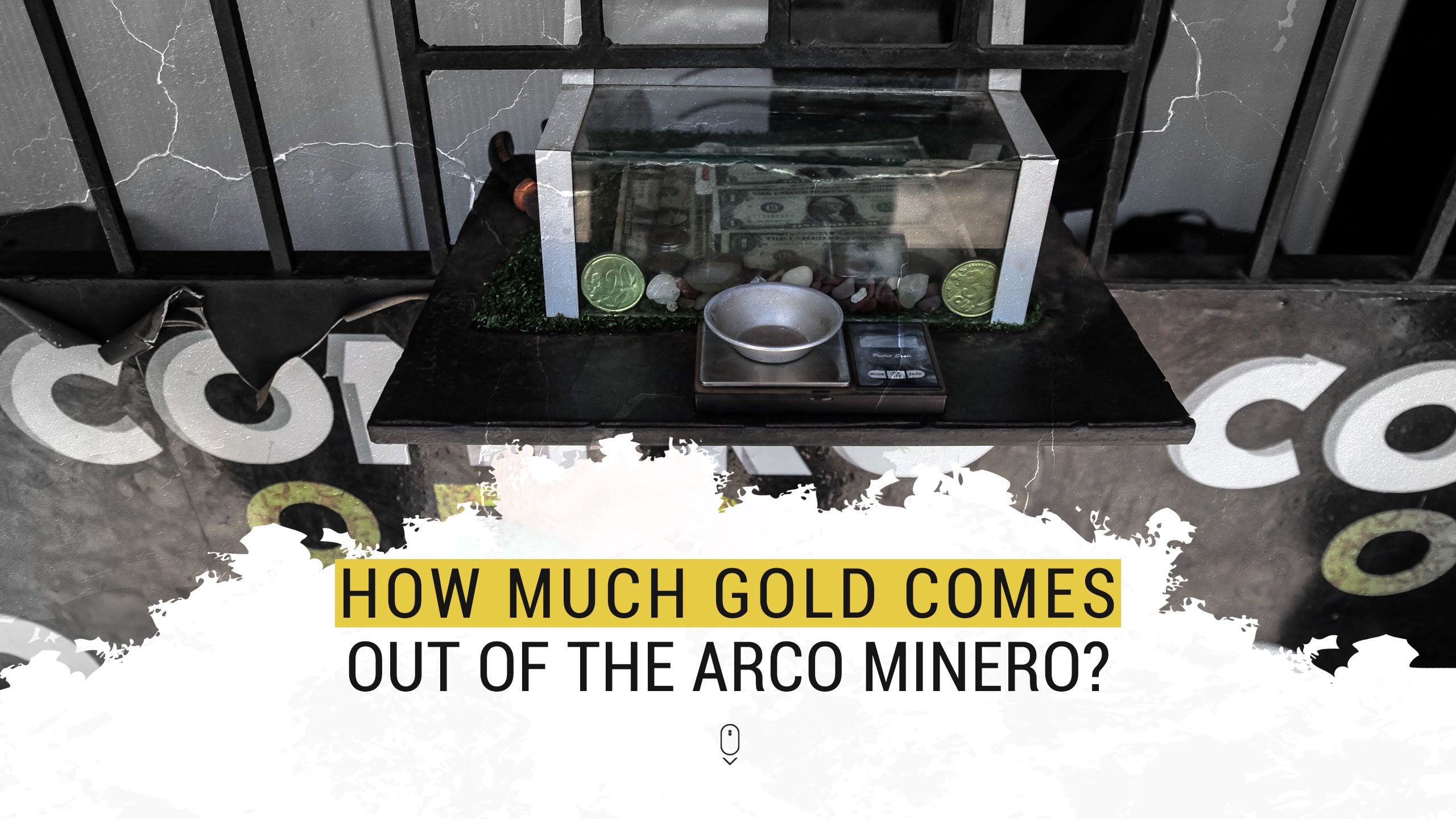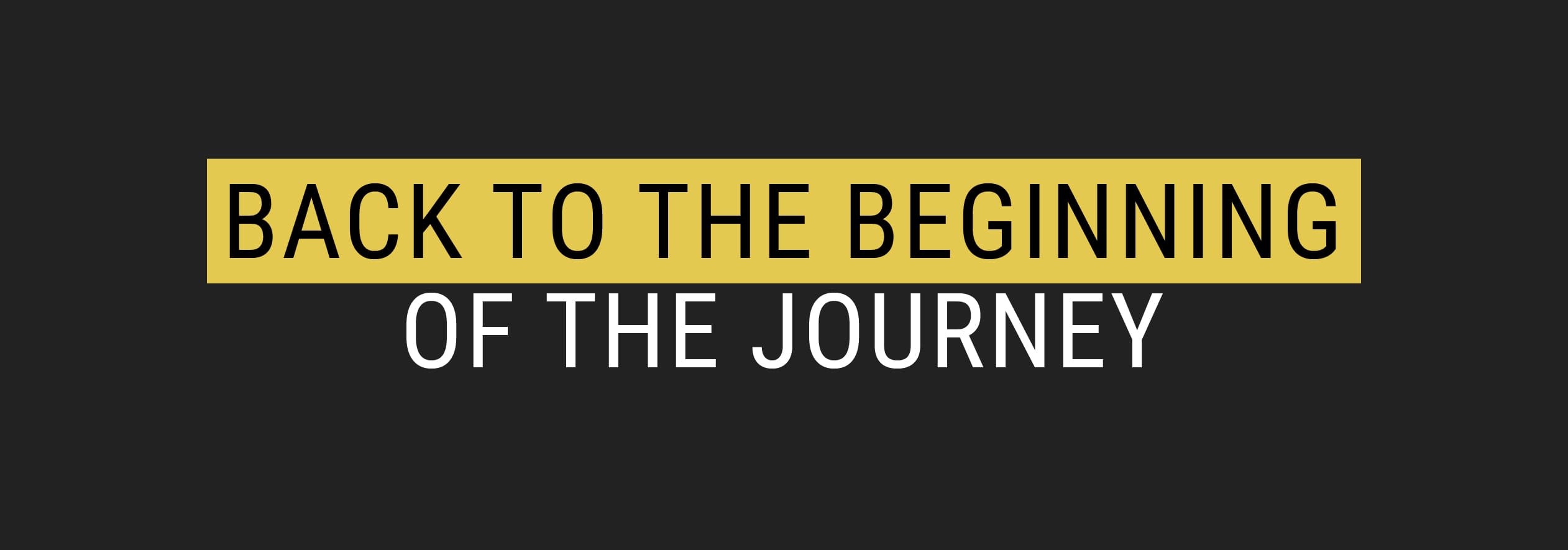
Seven years after the creation of the Arco Minero del Orinoco, it is still difficult to quantify the tons of minerals that are exploited annually. It is even more difficult to know how much goes through regular (centralized) channels and how much is smuggled (dispersed flows), as identified by the OECD in its latest 2021 report on illicit gold flows in Venezuela. The last official report of gold production that is known dates from 2018, when the Central Bank of Venezuela (BCV), the body in charge of the custody of the gold produced and authorizing its commercialization, registers in its statistics the internal purchase of 9.72 tons of gold from the Arco Minero.
In 2018, 35 tons of gold were produced in the Arco Minero del Orinoco if the report of the Strategic Office for Monitoring and Evaluation of Public Policies of the Office of the Vice Ministry of Exploration and Ecomining Investment of the Ministry of Eco-Mining Development is taken into account. This agency announced that at the end of that year, 10.5 tons were delivered to the BCV, representing 30% of annual production. The remaining 70% (24.5 tons) would be smuggled out of the country, according to the official entity. The organization Transparencia Venezuela (2019) agrees on these proportions by estimating that 70% of that total is smuggled.
Government announcements also shed some light on the veiled annual production of gold and the tons that are smuggled. In 2018, the Ministry of Eco-Mining Development (Mindeminec) announced that in that year 24 tons would be delivered to the BCV while the following year, on the occasion of the launch of the National Mining Motor Plan 2019-2025, Nicolás Maduro Moros indicated that the production goal would be 80 tons per year. He was based on figures that projected that in 2022 the Arco Minero would produce 45 tons and 80 tons in 2025, that is, at the end of the period drawn.

The OECD 2021 report, which acknowledges the extreme difficulties in calculating gold production in Venezuela, estimates that processing capacity and reports suggest that it could possibly reach 75 tons per year, an amount that in July 2021 would reach the market value of 4,400 million dollars. But other research suggests that the actual production in Venezuela today is between a third and a half, that is, between 25 and 32 tons per year.

Piece of Cochano gold known as "the mining gold". Of lower purity, it is the gold in its natural state that artisanal miners obtain by washing the sands of the rivers in the south of the Bolívar state
Piece of Cochano gold known as "the mining gold". Of lower purity, it is the gold in its natural state that artisanal miners obtain by washing the sands of the rivers in the south of the Bolívar state
The figures from the World Gold Council coincide with the OECD rank. The numbers of the highest international gold organization indicate that Venezuela increased gold production 45.22% in a matter of 4 years: it went from recovering 23 tons in 2016 (year of creation of the Arco Minero) to 33.4 tons in 2020.
On a local scale, in the municipality of El Callao, the mines would be producing 3,000 kilos of gold per month, according to calculations by the mayor's office. Smaller plants in that jurisdiction can take out between 9 and 10 kilos of gold. It is unknown whether or not these amounts are reported to the BCV.
It is important to note that these 75 tons of annual production estimated by the OECD could refer to the potential of the mining megaproject and not to the actual production, taking into account the limitations of the installed capacity in Venezuela. Large-scale mining in the Arco Minero has not yet been fully developed.
Production figures may vary. Expert testimony agrees that the volumes of gold sands, raw material for leaching plants, have decreased, which puts the operation at risk. The geologist interviewed for this inquiry explains "as a result of chaos and improvisation, the government of Nicolás Maduro set up the Domingo Sifontes Complex in El Callao without guaranteeing the production of gold sands that this type of cyanide plant needs to function. There is a lot of ignorance behind it: it is essential to guarantee the production chain, starting from a mine that produces enough gold material to feed the plant for a long time. That is, to have a mine that appropriately supplies raw material to the plant.
Artisanal miners recover barely 30% of the gold in a mine with the use of mercury. In the residual tailings, 70% of the gold remains, which is processed in the cyanidation plants, affirms the expert who was able to testify during the visit to the Sarrapia plant that there was no longer enough material to process. “In 2018 I predicted that the crisis would reach the Arco Minero when the accumulated sands run out. In fact, they are over."

